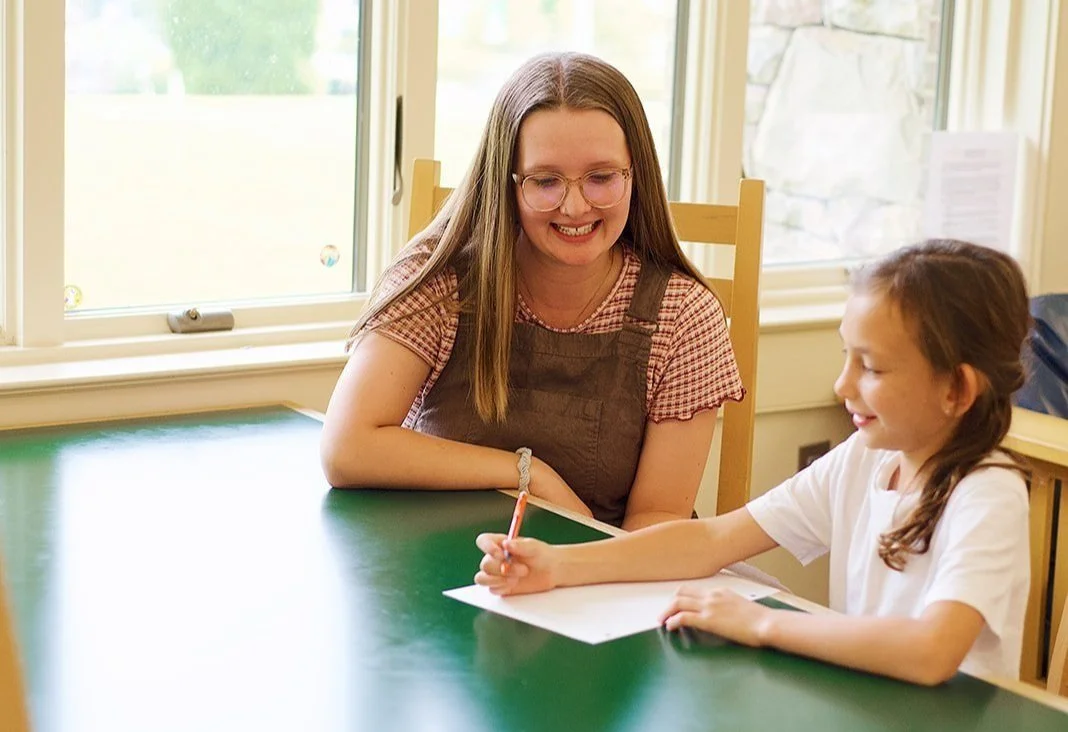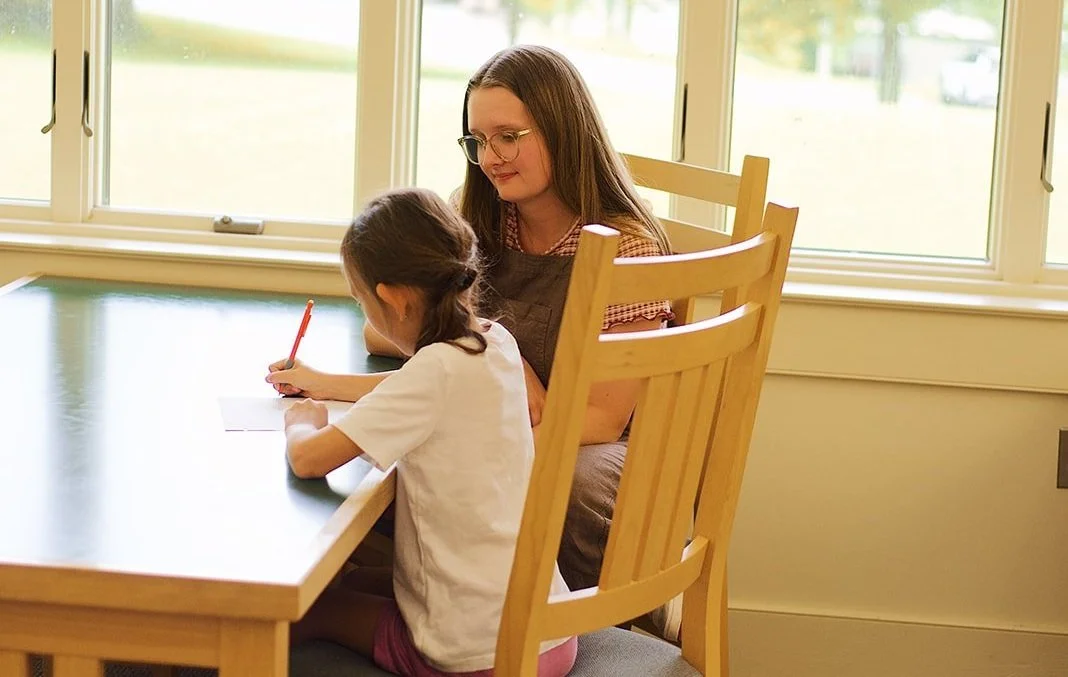4 Steps to Stress-Free Writing
According to the National Literacy Trust, the number of children who enjoy writing is at an all time low. The fact of the matter is, children who do not enjoy writing will not write. Writing is not only an incredibly useful communication tool in our society, it is also a vital part of a student’s success with reading. This is why I aim to help every one of my students to fall in love with writing. Keep on reading to find out how I do it!
4 ways I support my students in the writing process:
Provide assistive technology
Help with brainstorming
Share the load
The magic sentence – “Tell me more.”
Assistive Technology
Most of the students I work with have a learning disability that makes certain aspects of writing difficult (spelling, handwriting, sentence structure, etc.). Because of this, most of students hate writing when they begin working with me. I want to do everything in my power to help them enjoy writing, and that starts with making writing easier. Depending on a student’s specific ability level and needs, I select assistive technology to support them. Some students write with a pencil, some type on the computer. On the computer, they are able to use spell check, Co:Writer, and/or speech-to-text. If a student is really reluctant to write, or if they are unable to write, I serve as their scribe and they dictate what they want me to write.
Brainstorming
The most common answer I get when I ask a student what they want to write about is: “I don’t know”. So, I help with brainstorming! When I begin working with a student, I always begin with an interview to break the ice and get to know them. I ask them questions about their favorite things to do, what they want to be when they grow up, what they want to learn more about. I use their answers to suggest writing topics if they can’t come up with any on their own. I let my students have lots of freedom when it comes to picking their writing topics – as long as it gets them writing, I don’t care what it’s about! As long as it’s appropriate, of course. :) I have had students write cookbooks, Taylor Swift lyrics, book reviews, facts about animals or ancient Egypt, how to play Minecraft, and more! One of my favorite brainstorming tools is a bubble map. This helps the student and me organize their thoughts and then transfer those thoughts into sentences and paragraphs. Here is an example for my student’s book “All About Snakes”:
This student, a second grader, dictated facts about green anacondas and king cobras and I wrote them down in the bubble map. When he began writing a chapter about green anacondas, I read the details in the bubbles and he selected one to write a sentence. Then, we would cross that detail off and pick another one to write down until we had a whole paragraph! I love utilizing bubble maps because it puts a student’s ideas in an organized format. They don’t have to think of a new idea at the start of every sentence, which would add to the mental load of writing. Bubble maps also provide a visual display of how their ideas will be broken up into sentences and paragraphs.
Sharing the Load
Often, I run into a student who is completely unwilling to participate in the writing process. If this happens, we share the load! This means I do what I can to partner with them through the difficult parts of writing. My first goal is to get them excited about a topic, as I mentioned in the previous section about brainstorming. Then, I tell them something they really love to hear:
“You don’t have to write anything. Just tell me what you want to say and I will write it down.”
I get them talking about a topic they love, and I just write down everything they say. At the end of it, I show them the finished product and ask them to write their name on it. After all, it’s their words, not mine! (Even if I’m technically the one who wrote it.)
Next time we get together, I invite them into the process a little more. We might take turns writing sentences or they might use a speech-to-text program on my computer to write their thoughts down. By sharing the load, writing doesn’t feel intimidating and can actually become a student’s favorite part of tutoring!
The Magic Sentence
A favorite professor of mine in grad school shaped much of my philosophy around writing. He told us often to get kids writing and keep them writing. One way to do this is the Magic Sentence:
“Tell me more.”
It is so important for kids to truly be the author of what they write. Rather than asking leading questions or putting words in their mouth, these three simple words urge students to think for themselves and expand on their ideas. Whenever a student tells me they are done writing, I respond with a simple request – “Tell me more.”. Almost always, they have at least one more thing to add. And when they add it, I ask again! “Tell me more!” … Until they really, really don’t have anything else to add for the day. The magic sentence has practical implications, of getting students simply to write more, but it also communicates an incredibly important message –
I believe you have more to say and I want to listen.
Confidence is a vital part of a student’s learning journey. Many of the students I meet with have lost their confidence after falling behind their peers in reading and writing. They are bright kids, but for one reason or another these skills just simply haven’t clicked. When they write their first book, jam-packed with ideas straight from their brain, with their name on the cover…the joy and pride that appears on their face is priceless. The magic sentence, “Tell me more”, paves the way for students to become confident, joy-filled authors who are proud of their work!




